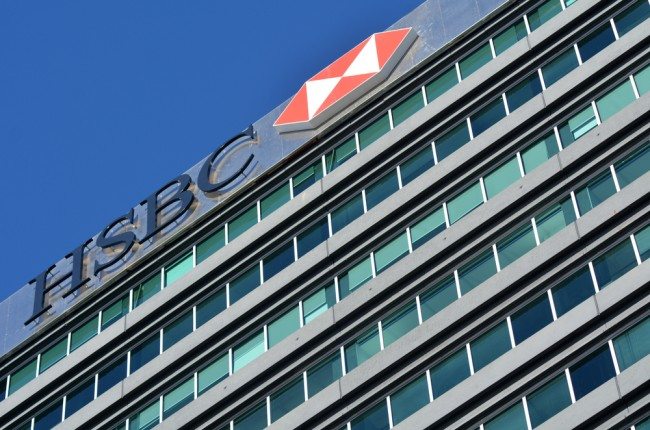HSBC is considering making substantial cuts to its European and American business as part of a plan to shed up to 10,000 jobs.
The international bank is targeting both regions for cost cuts as they have been perennial underperformers, in contrast to its fast-growing Asian business.
HSBC employs 238,000 people, so 10,000 redundancies would be a reduction of 4 per cent. If, however, the programme is concentrated in only two areas, it will have a bigger impact. Ten thousand would be the equivalent of 17 per cent of HSBC’s European workforce, or 13 per cent of its combined staff in Europe and the United States, according to Ronit Ghose, an analyst at Citigroup.
Although the bank faces problems in Europe and the US, slashing costs could accentuate the problem, Mr Ghose said. “The challenge faced by European banks in rightsizing their lower return businesses, especially in wholesale banking, is that revenues often exit ahead of costs, deepening the profitability challenge.”
HSBC did not comment on the potential job cuts, which were first reported by the Financial Times.
The drive to cut costs has been launched by Noel Quinn, 57, who was appointed interim chief executive when John Flint, 51, was ousted in August in a move that shocked the City.
A large part of the headcount reduction could come from selling HSBC’s retail business in France, which it has put up for strategic review. However, the bank is not planning to get out of France entirely as it has picked Paris as its European hub after the UK leaves the European Union.
HSBC was established in Hong Kong in 1865, moving its headquarters to Britain when it bought Midland Bank in 1992. It operates in 65 markets but makes four fifths of its money in Asia.
The bank increased pre-tax profits in the first half of the year by 16 per cent to $12.4 billion, driven by growth in Asia. Other areas were less robust in the six months to the end of June and the bank said that it would no longer be able to achieve its target of 6 per cent return on tangible equity in the United States by next year, where it has struggled to build scale and compete.
Mark Tucker, 61, who became chairman two years ago, said when announcing the results alongside the departure of Mr Flint: “We realise these types of returns are not acceptable.”
He said that there was “no disagreement over strategy” behind the ousting of Mr Flint only 18 months after he had been appointed to the top job.
The chairman, known for his demanding approach, has signalled, however, that he wanted a stronger grip on HSBC’s direction and problems that have dogged it for years, such as high costs and layers of management stifling innovation.
In the summer he said: “In a macroeconomic sense, a competitive sense, a geopolitical sense, to really make the most of the opportunities ahead of us, a change was needed.”
HSBC may announce the job cuts, which analysts believe will be in the 5,000 to 10,000 range, alongside its results for the third quarter of the year on October 28. These would be in addition to the 4,700 roles already earmarked to go.
Mr Tucker is searching for a new permanent chief executive. Among the internal candidates are Mr Quinn and Ewen Stevenson, 53, HSBC’s chief financial officer, who joined in January from Royal Bank of Scotland.
Mr Quinn and Mr Stevenson are jointly reviewing the bank’s operations to look for areas where performance has to be improved.


